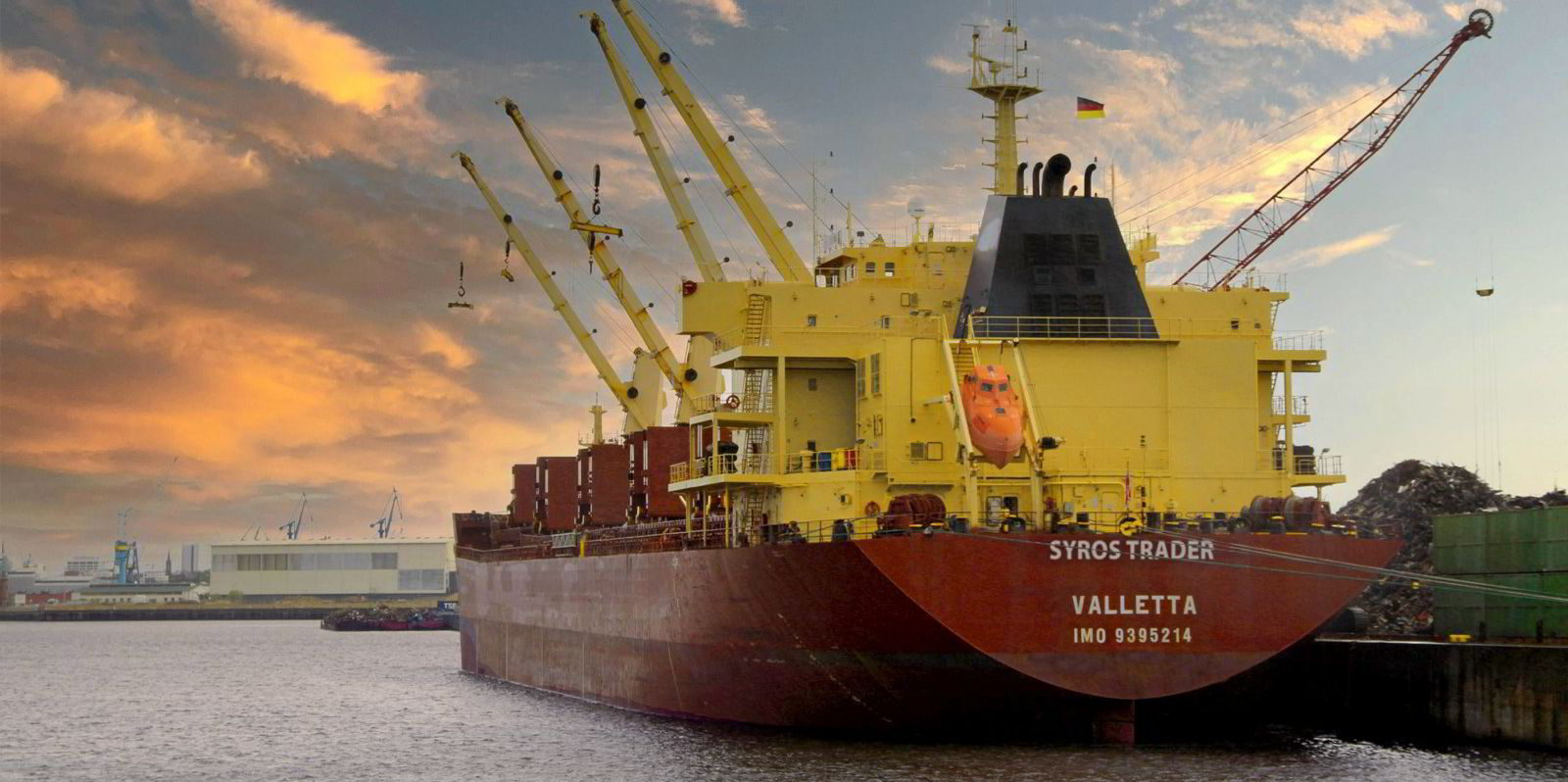All charterers in the Atlantic want for Christmas are supramax and ultramax bulkers, but can they get their hands on them?
Open tonnage in the US Gulf is edging closer to selling out for December, forcing charterers to source vessels from further afield. Ships that would have been out of the question a few weeks ago are suddenly up for consideration.
Brokers told TradeWinds that they have been experiencing a slightly strange market in which things seem busy, but it has been difficult to explain the supply-demand dynamics behind some of the frothy numbers that have been doing the rounds in the Atlantic.
There were rumours last week that an ultramax had been fixed for a trip to India from the US Gulf for mid-December loading dates at $90,000 per day. There has been no word as to whether this fixture made it over the line but, as one broker put it, people were circulating the figure “with a relatively straight face”.
As tonnage supply runs short in the Atlantic, cargoes have been steady. Pet coke exports from the US Gulf are said to have been quite busy, as have grains and some fertilisers. There have also been scrap volumes coming from the European continent.
A month ago, ships open in West Africa would never have been considered for US Gulf cargoes, but are now in the running in the face of tight supply.
The ships are coming from even further afield too. A week ago, a ballaster from India was reported fixed in the market.
That being said, another quirk of this quiet-storm market is that few ballast bonuses have been reported, adding to the slightly murky picture of what exactly is going on.
New fixtures have been few and far between, but those that have been circulated are reported at strong levels.
On Monday, a new Atlantic deal came to light when an ultramax was said to be fixed to Canadian potash exporter Canpotex for a minimum of 70 days for a trip from the US Gulf, redelivering in Singapore-Japan. The reported rate was said to be around $52,000 per day.
Signs of a wobble
To redeliver in Asia, this ship will more than likely have to skip its usual Panama Canal transit and go via the Strait of Magellan, like many others in the supramax trading fleet right now.
The canal is out of action for all intents and purposes due to low water levels. Congestion at the waterway and the extra days spent at sea going via the strait are helping to absorb the supply of tonnage to the market, adding to the exaggerated imbalance between the Atlantic and Pacific basins.
Supramaxes have also received support from the handysize market, which is similarly booming in the US Gulf. It is possible that some supramax cargoes are being split onto handysizes, but there is little firm evidence for this aside from the consistently strong numbers, a broker said.
But is there already a sense of an ending for the Atlantic frenzy?
Maybe. Tuesday was the first day on which the panamax market in the Atlantic showed signs of a wobble, with the Baltic Panamax Index’s first drop after a month-long rally. As the December holidays approach, brokers said there will be a greater willingness to accept lower rates to get ships fixed for Christmas, which will trickle down and affect supramax sentiment for vessels loading in January.
The average supramax spot rate, weighted across 10 benchmark routes (10TC), was assessed $425 higher on Tuesday at $17,213 per day. The equivalent index for larger 63,000-dwt ultramaxes rose by $326 on Monday’s level to $19,343 per day. Both are based on non-scrubber vessels.
Things began to get interesting last week. Spot rates for round-voyages in the Atlantic were trading at the highest premium to those in the Pacific since 2017. The premium hit 148%, but has since dropped to 135%.
As of Tuesday, the rate for the implied Atlantic round voyage — the average of rates on the Baltic Exchange’s benchmark S4A and S4B routes between the US Gulf Coast and the European continent — was $27,662 per day.
Compare this with the S2 Pacific round-voyage, which was assessed by Baltic Exchange panellists at $11,788 per day on Tuesday.
Meanwhile, several short period fixtures have been reported by brokers. A Japanese-built 60,000-dwt ultramax open in East Coast Mexico was reported fixed for four to six months at a daily rate in the low $34,000s — more than twice the level for equivalent fixtures delivering in the Pacific.




